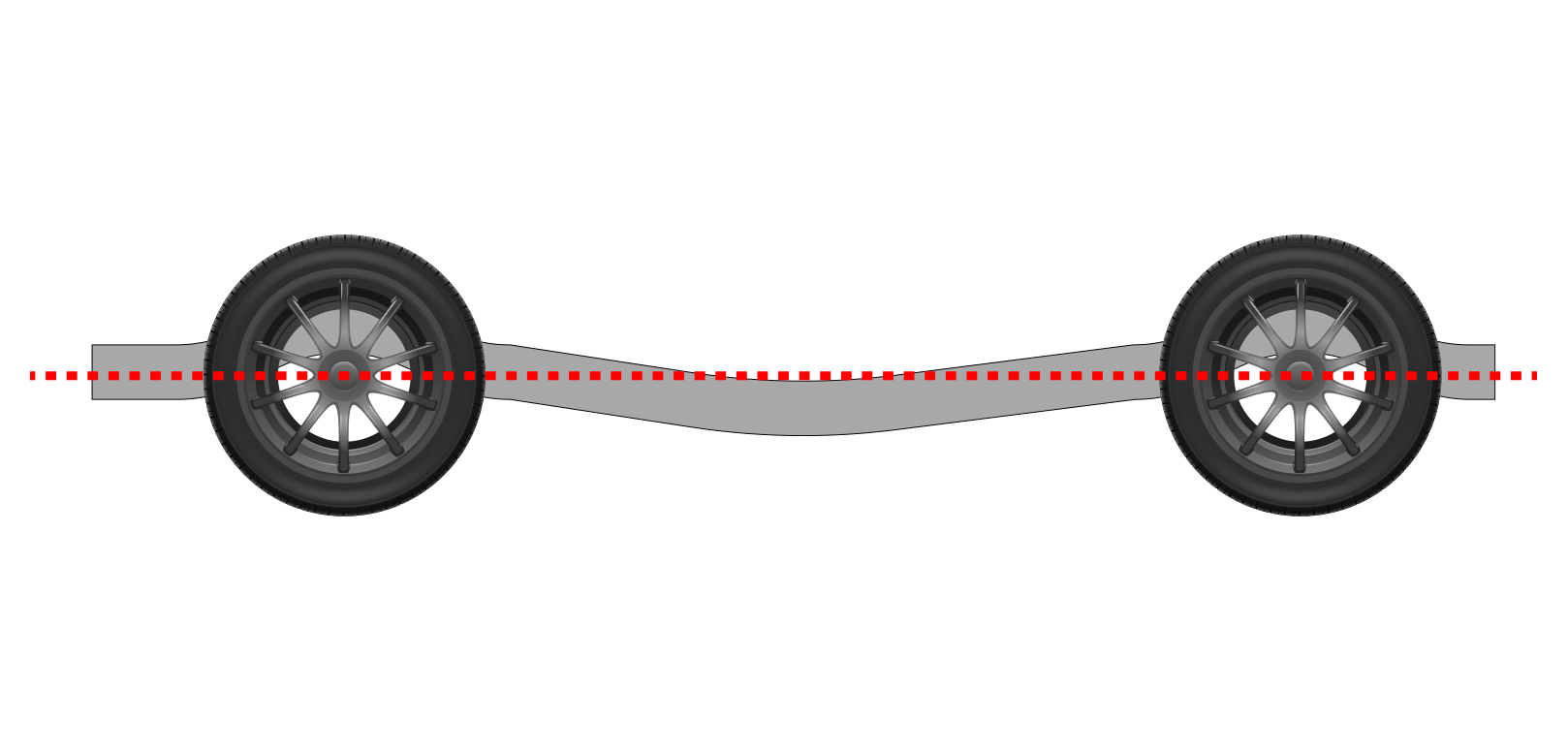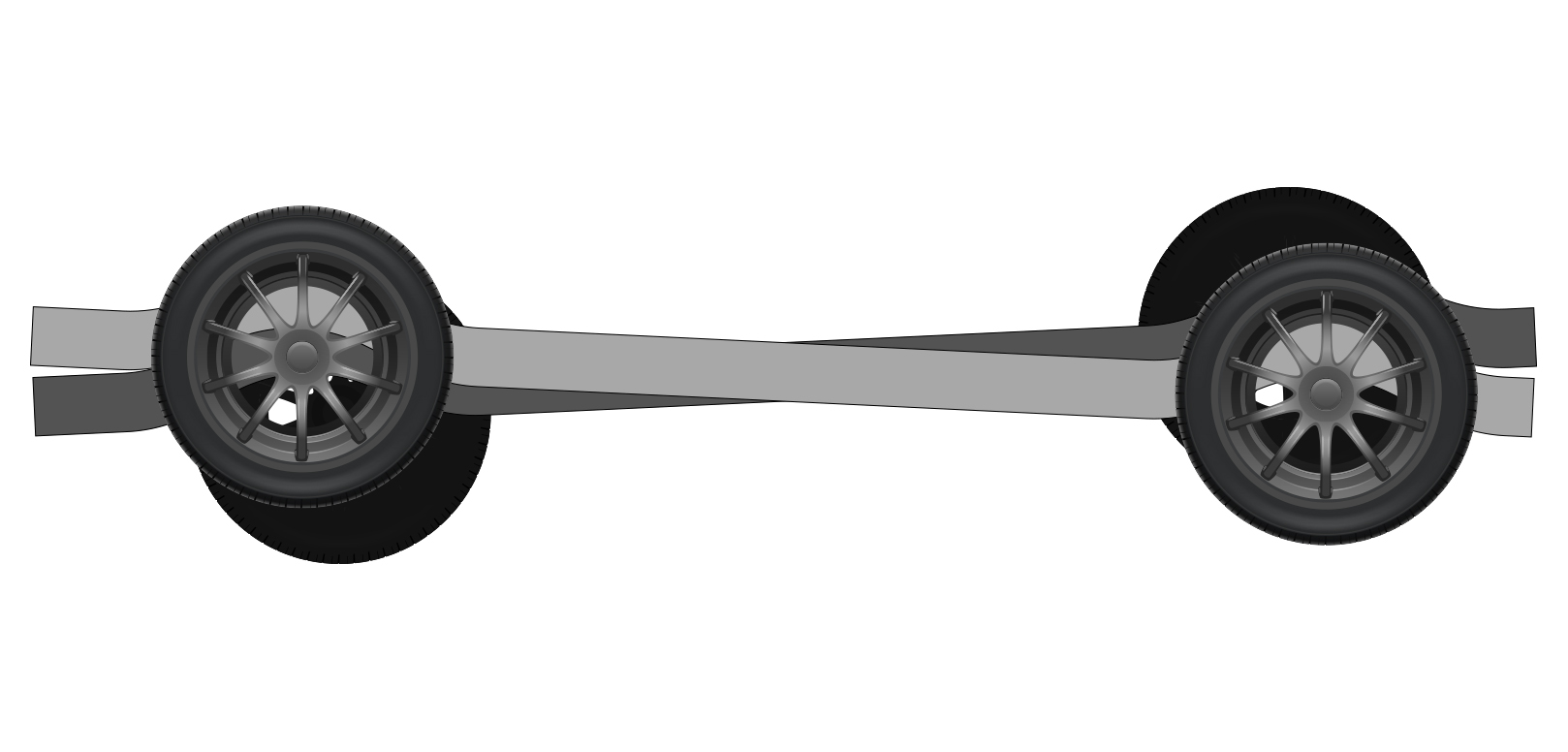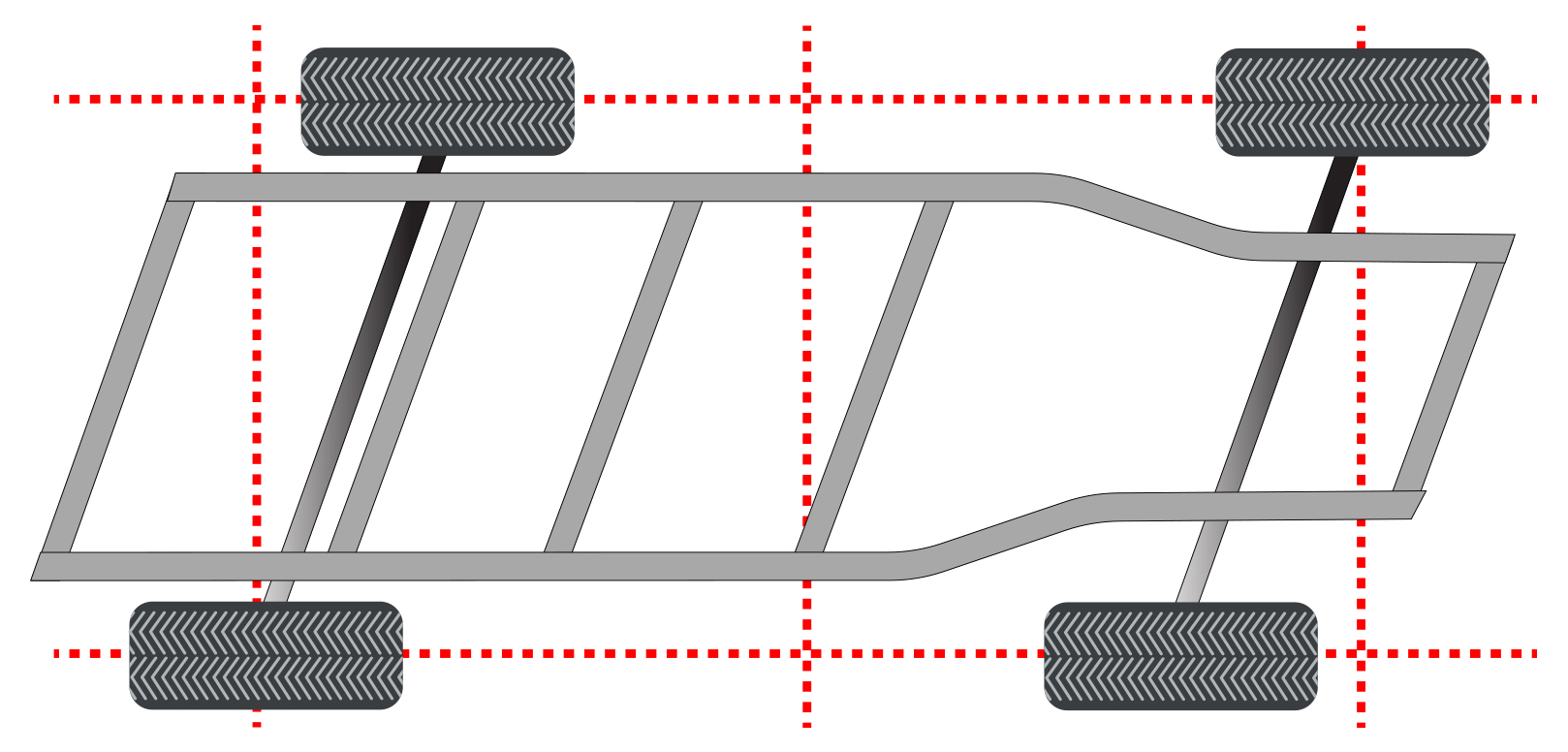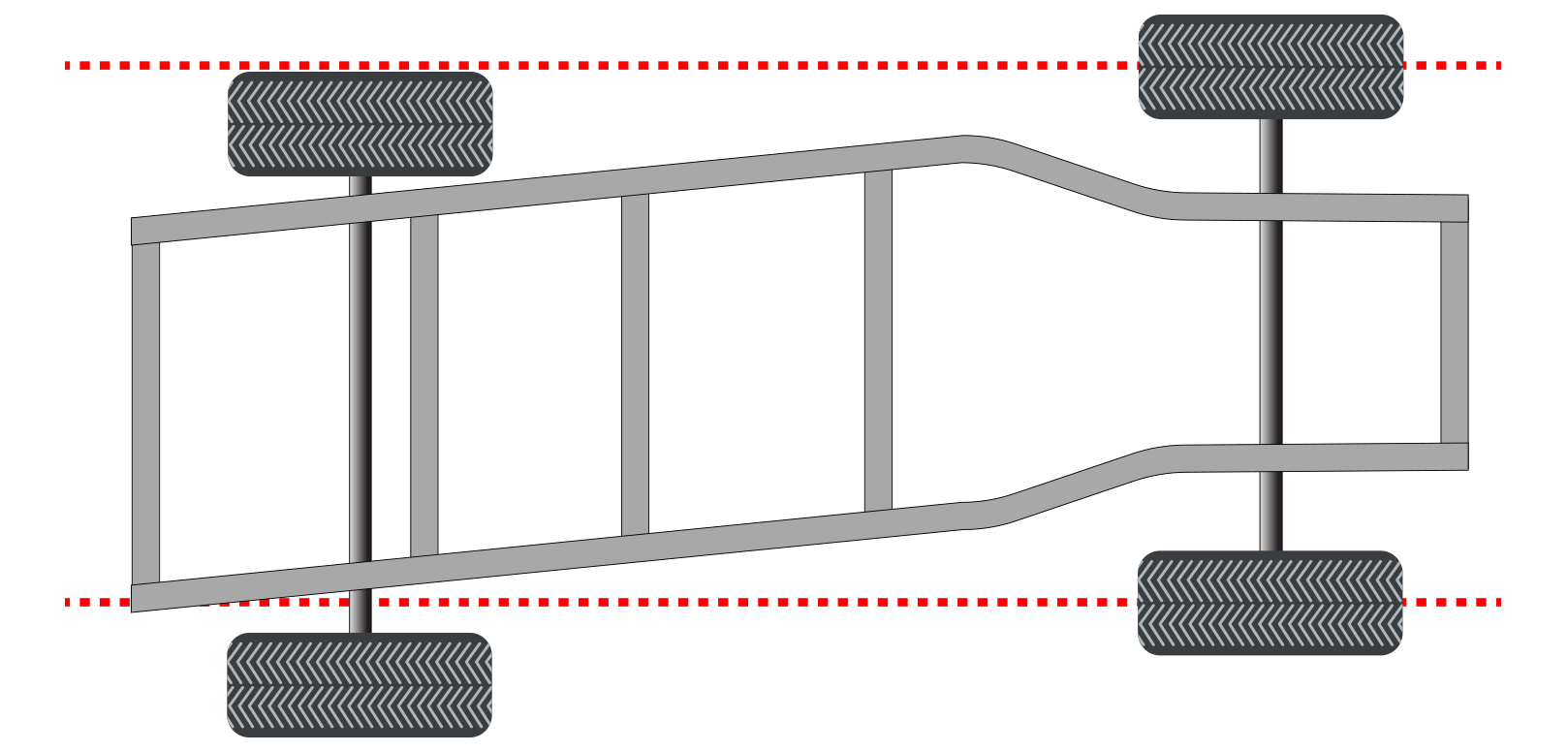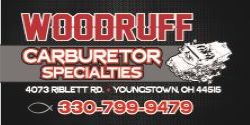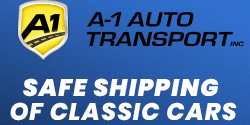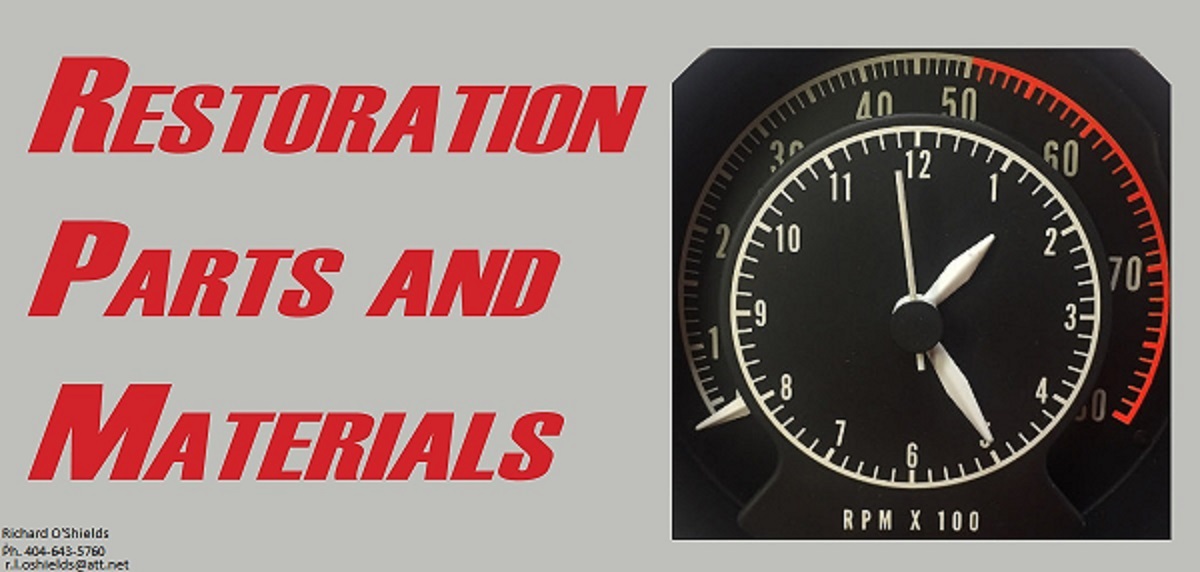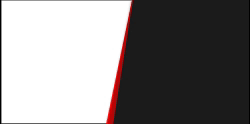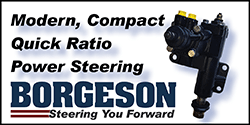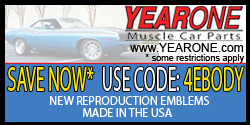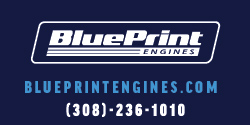Here is information from a manufacture of frame equipment.
Types of Vehicle Frame Damage.
Sagging or Twisted Frame: Look out for gaps in the body, as uneven parts in the build of a car frame can cause sections of the vehicle to lean. If left unattended, these gaps can lead to faster tire and coil wear. Frame straighteners effectively fix minor frame damage using a leverage process.
Diamond Frame Misalignment: In a straight frame, when the center box is measured diagonally, the measurements are equal, forming a perfect square, which ensures precise mounting for the suspension. However, if one frame rail is pushed out of position, either forward or backward, the center box becomes distorted. This causes the diagonal measurement to become uneven, resembling the shape of a diamond. As a result, the suspension is affected, and frames with a diamond shape often exhibit the characteristic "dog tracking," where they appear to travel down the road at an angle. It is rare to find a pure diamond shape without other damage. Additionally, when frame rails move forward or backward, they typically deviate from being parallel to the road surface.
Sway Damage: Sway damage causes the vehicle to lean to one side, impacting steering and overall vehicle performance. Our frame straightening process corrects the sway, eliminating vibrations and ensuring a safe and comfortable ride.
Mashed Frame Repair: A head-on or rear-end collision often results in mash frame damage, where the impact causes the frame to crumple inward on itself. This type of damage is characterized by a portion of the unibody frame being shorter than the manufacturer's specifications. Common signs of mash frame damage include distortion or wrinkles in the hood, fenders, rails, or frame horns. Unfortunately, a mashed frame can have a ripple effect, leading to damage in other areas of the vehicle.
Leaving mash damage unattended can have severe consequences, causing significant wear and tear on other vehicle components. However, for modern cars, the repair process is relatively straightforward if only one section of the vehicle is affected. In such cases, the damaged section of the frame can be replaced to restore the structural integrity of the vehicle. Timely attention to mash frame damage is crucial to prevent further complications and ensure the safety and performance of the vehicle on the road.



